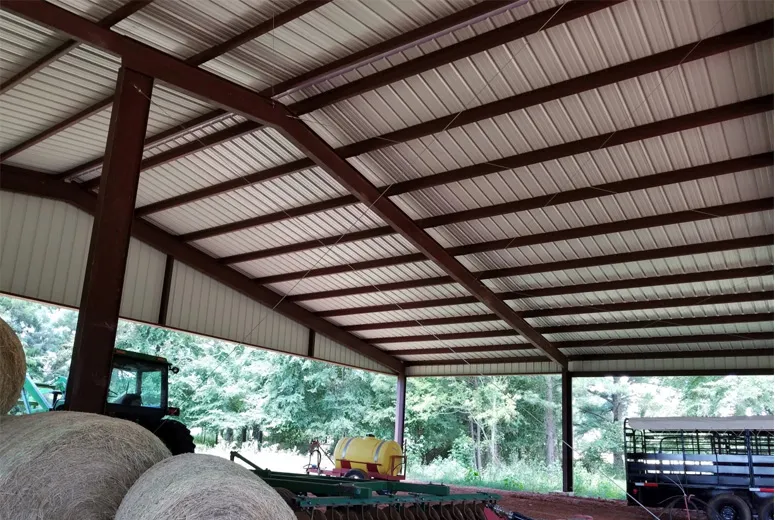- Afrikaans
- Albanian
- Amharic
- Arabic
- Armenian
- Azerbaijani
- Basque
- Belarusian
- Bengali
- Bosnian
- Bulgarian
- Catalan
- Cebuano
- Corsican
- Croatian
- Czech
- Danish
- Dutch
- English
- Esperanto
- Estonian
- Finnish
- French
- Frisian
- Galician
- Georgian
- German
- Greek
- Gujarati
- Haitian Creole
- hausa
- hawaiian
- Hebrew
- Hindi
- Miao
- Hungarian
- Icelandic
- igbo
- Indonesian
- irish
- Italian
- Japanese
- Javanese
- Kannada
- kazakh
- Khmer
- Rwandese
- Korean
- Kurdish
- Kyrgyz
- Lao
- Latin
- Latvian
- Lithuanian
- Luxembourgish
- Macedonian
- Malgashi
- Malay
- Malayalam
- Maltese
- Maori
- Marathi
- Mongolian
- Myanmar
- Nepali
- Norwegian
- Norwegian
- Occitan
- Pashto
- Persian
- Polish
- Portuguese
- Punjabi
- Romanian
- Russian
- Samoan
- Scottish Gaelic
- Serbian
- Sesotho
- Shona
- Sindhi
- Sinhala
- Slovak
- Slovenian
- Somali
- Spanish
- Sundanese
- Swahili
- Swedish
- Tagalog
- Tajik
- Tamil
- Tatar
- Telugu
- Thai
- Turkish
- Turkmen
- Ukrainian
- Urdu
- Uighur
- Uzbek
- Vietnamese
- Welsh
- Bantu
- Yiddish
- Yoruba
- Zulu
dec. . 19, 2024 11:13 Back to list
The Rise of Steel Prefabricated Building Structures A Sustainable Solution for Modern Construction
In recent years, the construction industry has undergone significant transformations, driven largely by technological advancements and a growing emphasis on sustainability. Among the most notable developments is the increased utilization of steel prefabricated building structures. This innovative approach not only enhances construction efficiency but also promises to reduce environmental impact, making it an attractive option for modern building projects.
What Are Steel Prefabricated Building Structures?
Steel prefabricated building structures are pre-engineered components made of steel that are manufactured off-site in a factory setting before being transported and assembled on the construction site. This method contrasts sharply with conventional building practices, which often involve on-site construction and assembly. Prefabrication allows builders to create structural elements, such as beams, columns, and entire wall panels in a controlled environment, ensuring higher precision and quality control.
Advantages of Steel Prefabrication
1. Reduced Construction Time One of the primary benefits of steel prefabricated structures is the significant reduction in construction time. Since components are manufactured simultaneously while site preparations are underway, the overall timeline for project completion is dramatically shortened. This fast-track approach is particularly beneficial in scenarios where time is a critical factor, such as emergency housing or commercial projects requiring rapid occupancy.
2. Cost Efficiency While the initial investment in prefabrication may be higher, the overall cost can be lower due to reductions in labor, waste, and construction time. Moreover, the efficiency of prefabrication often leads to fewer delays and change orders, which can add significant costs to a project. Additionally, steel's durability and longevity can translate into lower maintenance costs over time.
3. Sustainability Steel is one of the most recyclable materials available, and its use in prefabricated structures significantly contributes to sustainable building practices. Prefabricated methods typically generate less waste compared to traditional construction methods, minimizing environmental impact. Furthermore, because the construction process is more streamlined, there’s less likelihood of site disturbances, which can alleviate concerns related to urban sprawl and habitat disruption.
steel prefabricated building structure

4. Improved Quality Control The factory setting in which prefabricated components are manufactured allows for rigorous quality control measures to be implemented. This results in consistent quality and performance of building materials, as they are produced under controlled conditions. Enhanced quality control can lead to fewer defects and a longer lifespan for the building structures.
5. Design Flexibility Steel prefabricated buildings can be designed to meet a variety of aesthetic and functional requirements. Advanced computer-aided design (CAD) technologies allow architects and engineers to create innovative designs that maximize both form and function. This flexibility facilitates the construction of customized solutions for diverse applications, from residential buildings to commercial spaces and industrial facilities.
Challenges in Steel Prefabrication
Despite its numerous advantages, the transition to steel prefabricated building structures is not without challenges. One notable concern is the need for skilled labor familiar with prefabrication techniques and steel construction processes. This knowledge gap can impact the overall quality and efficiency of projects. Additionally, transportation logistics for prefabricated components can complicate project timelines and increase costs, particularly for large constructions.
Looking Ahead The Future of Steel Prefabricated Structures
As the demands for sustainable and efficient building practices continue to grow, the future of steel prefabricated building structures looks promising. With ongoing innovations in materials, construction technologies, and methods, the industry is likely to see an increasing shift towards prefabrication. Furthermore, collaboration among architects, engineers, and construction managers will be crucial in maximizing the benefits of this approach.
In conclusion, steel prefabricated building structures represent a pivotal shift in modern construction, offering various advantages that align with contemporary demands for efficiency, sustainability, and quality. As we move forward, embracing steel prefabrication can lead to smarter, faster, and more environmentally responsible building practices, ultimately shaping the skylines of our future.
-
Cold Formed Steel Residential Framing
NewsMay.21,2025
-
Innovative Steel Structure Building Solutions
NewsMay.19,2025
-
Innovative Prefab Metal Shed Solutions
NewsMay.19,2025
-
Durable Steel Horse Shelter Solutions
NewsMay.19,2025
-
Durable Metal Shed Solutions
NewsMay.19,2025
-
Durable Big Metal Shed Solutions
NewsMay.19,2025
Products categories
Our Latest News
We have a professional design team and an excellent production and construction team.












